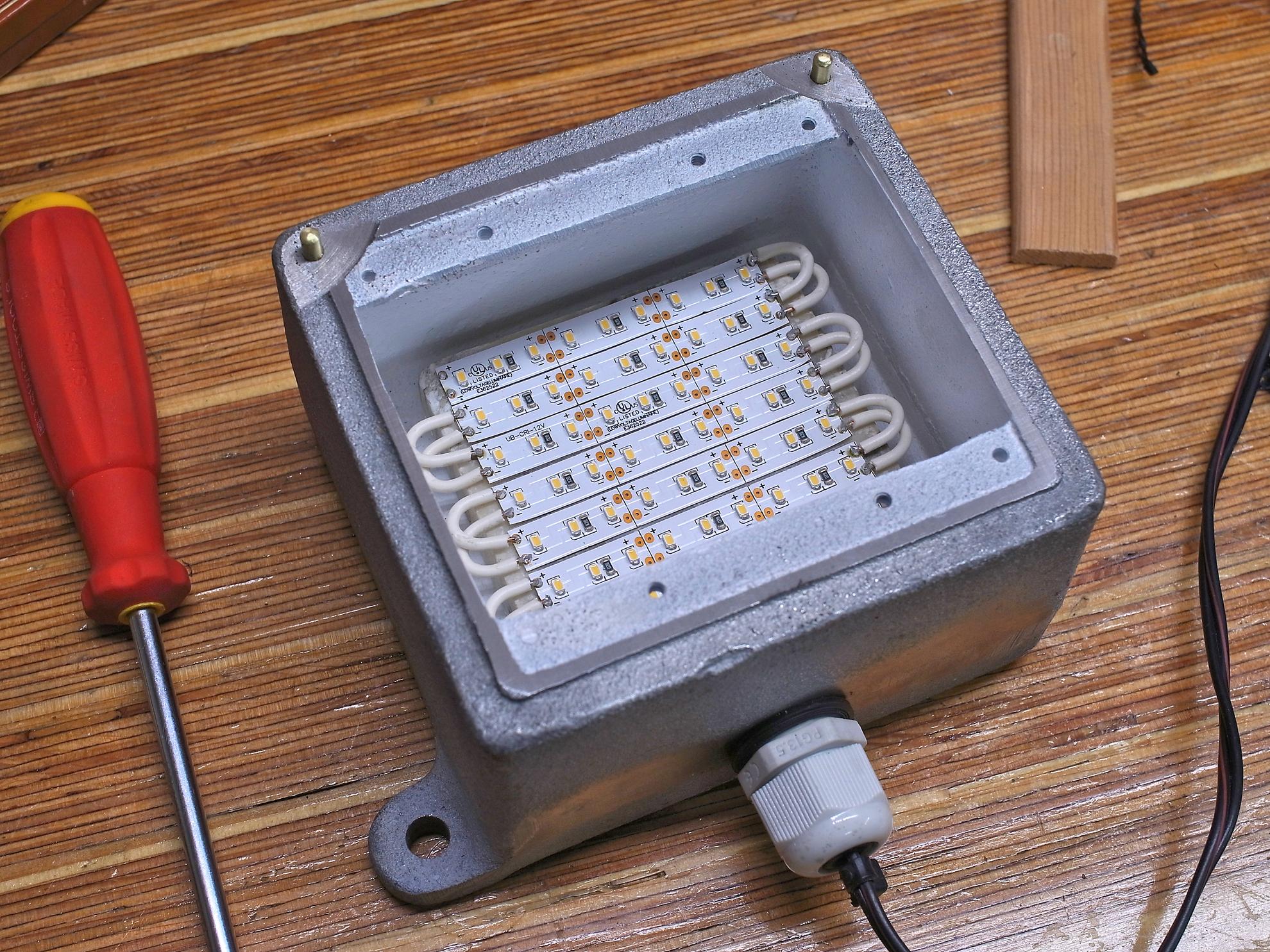GarageBoy
Well-known
Off to look for dead enlargers - any brands work better than others for this?
Personally, I prefer my setup with the Lab equipment. I believe it is much sturdier than an enlarger. It will also, in most cases, take up less space.Off to look for dead enlargers - any brands work better than others for this?
I called up the company that makes the LightPad to find out more about their LEDs.
Specs for reference:
Artograph LightPad (as of 7/2016)Honestly, 80 CRI is fair at best. I'm contacting MFGs all over to find out their LED specs. I'll report back here when I find out more.
- 3500 lumens
- 6000-6500K
- 80 CRI
I am glad I could inspire you to build your own setup ☺.Dr Tebi, your build is inspirational!
I am about to start working on an initial set up and have a Pentax K1 and 100 macro lens due, together with an LPL C6700 and copy adaptor also due shortly.
I'm still thinking through light source and have various ideas, as well as tables for stitching film over 35mm.
Mike

I like the simplicity. And, hmm, that's a giant toilet paper roll I have to say!my simple, improvised set up:
slide digitizing set up ( simple, improvized ) by andreas, on Flickr
Sony A7, Macro Takumar 4/50, the early preset version that goes to 1:1, a 'spacer' cardboard tube and a Cokin filer holder that I adapted to hold slides.
( the cardboard tube, a toilet paper roll 😉 exactly 'mounts' around the outer rims of both the lens and the step down ring on the Coking filer holder )
as lightsource I use the window with it's opaque screen seen in the background, if night time the blank, white monitor of my notebook
I like the simplicity. And, hmm, that's a giant toilet paper roll I have to say!
Using natural light as a light source should definitely give you great CRI.
Can we see some sample images?


thank you Dr.Tebi, I shall check out the LightZone, it's a free photo editor, right?
unfortunately I have very little old photos, just a few cassettes with slides from the 80s, though I also must have, somewhere, old B&W negatives that I had developed myself. All taken with Minolta XG-1 and 2.8/28 and 1.4/50 lenses.
most of my photography has been digital starting 2007
I called up the company that makes the LightPad to find out more about their LEDs.
Specs for reference:
Artograph LightPad (as of 7/2016)
- 3500 lumens
- 6000-6500K
- 80 CRI
Honestly, 80 CRI is fair at best. I'm contacting MFGs all over to find out their LED specs. I'll report back here when I find out more.
One of the reasons I'm thinking about the light source - I am currently wondering the the LPL colour head will be adaptable.
Guys, you're overthinking this. You're letting the theory blind you to the reality.
I'm all for better equipment, and I'm by no means married to the Lightpad. That having been said, the Lightpad demonstrably *works* and produces excellent results.
If there are other options in the same price range that are theoretically better, then by all means. But given the quality of output I (and others) have been able to achieve, I'm not sure there's a whole lot to gain.
Have you compared results from different light sources? I don't want to be harsh, but saying that you are getting great results does not prove that you couldn't get better results from a better CRI source... you will need to do some comparisons and judge from those results.
Well there you go, you have proven your point ☺That's a fair point, and as I say, it's entirely possible that with another light source, things would improve.
That having been said, I've directly compared my results to both a 9000ED, an Imacon X1, and a Heidelberg drum scanner, and the D800/macro/LightPad holds its own.
I suspect there may be gains to be had, but with quickly diminishing returns.
Well there you go, you have proven your point ☺
Yet I would like to challenge you to try a "black body" light source, just for comparison purposes.
What I noticed were much warmer, more pleasant colors (I am talking about slides). It would be very useful to also compare with a good slide projector... which I usually find the nicest. My thinking is, after all, slides were made to be projected with slide projectors, at least so I believe...


